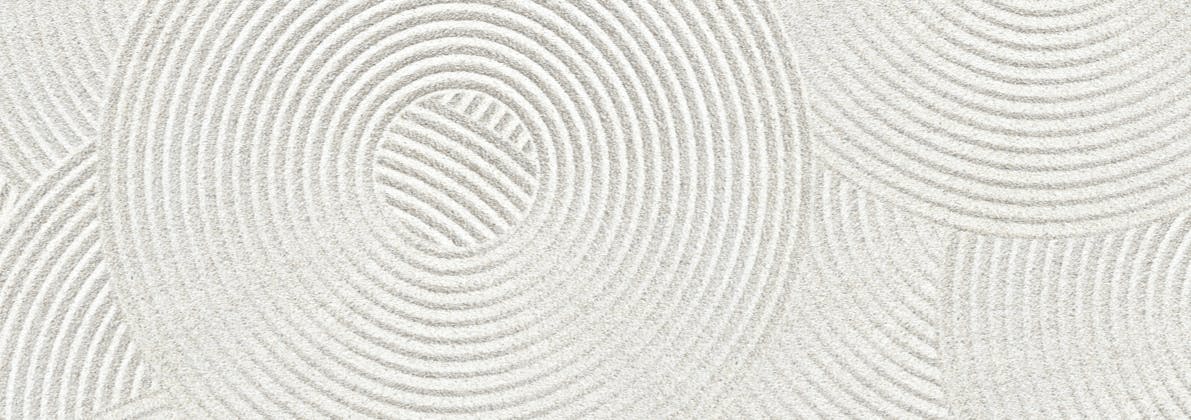Facelift surgery, one of the cornerstones of plastic surgery, has evolved significantly over the past decades. With the goal of rejuvenating the aging face, different techniques have been developed to address the sagging of skin and deeper structures. Among these, the Superficial Musculoaponeurotic System (SMAS) facelift and the Deep Plane facelift are two of the most discussed and refined approaches. This blog post delves into the intricacies of both techniques, comparing and contrasting their methodologies, outcomes, recovery times, risks, and suitability for different patients.
Historical Background and Evolution
The SMAS facelift, introduced in the early 1970s, revolutionized facial rejuvenation by going beyond skin tightening to repositioning and tightening the underlying layer of facial musculature and connective tissue. This technique provided more natural and lasting results compared to the skin-only lifts of the past.
In contrast, the Deep Plane facelift, developed later, takes this concept further by releasing and repositioning the facial tissues at a deeper level. This technique aims to address the aging changes more comprehensively, especially in the midface and neck areas, promising more durable and harmonious outcomes.
Technique and Approach
The SMAS facelift involves the surgical manipulation of the Superficial Musculoaponeurotic System, a layer of tissue that covers, surrounds, and attaches to the deeper facial muscles. In this technique, the surgeon tightens and repositions the SMAS layer, which in turn lifts the cheeks, jawline, and neck. The skin is then re-draped over the uplifted contours, removing any excess.
On the other hand, the Deep Plane facelift goes beyond the SMAS layer, involving the release and mobilization of the entire facial musculature and the associated skin as a single unit. This allows for a more extensive repositioning of facial tissues, addressing sagging and aging signs more deeply and comprehensively, particularly around the nose, mouth, and cheeks.
Indications and Suitability
The choice between a SMAS facelift and a Deep Plane facelift largely depends on the experience and techniques of the surgeon. The SMAS technique is generally suitable for patients with moderate aging signs who seek improvement in the lower face and neck. It is often recommended for those with good skin elasticity and mild to moderate sagging.
The Deep Plane facelift, however, is considered the better option for patients with more pronounced facial aging, particularly in the midface area. It is suitable for those looking for a more dramatic rejuvenation and for whom the SMAS lift may not address all aging concerns, especially deep nasolabial folds and significant midface sagging.
Outcomes and Longevity
Both techniques offer significant improvements in facial aesthetics. The SMAS facelift can produce a refreshed, younger-looking appearance, with results lasting anywhere from 5 to 10 years, depending on the patient's lifestyle and aging process. The outcomes include a sharper jawline, elevated cheeks, and a smoother neck.
The Deep Plane facelift typically provides more profound and lasting results, especially in the midface and lower eyelid regions. This method can result in a more natural, rejuvenated appearance that can last up to 10 years or more. The improvements in the nasolabial folds and the overall facial harmony are generally more pronounced than those achieved with the SMAS approach.
Recovery and Downtime
Recovery from a SMAS facelift usually takes about two to three weeks, with most patients experiencing bruising and swelling, which subside over time. The initial recovery is generally faster compared to the Deep Plane technique, but it's crucial to follow the surgeon's post-operative care instructions closely.
The Deep Plane facelift, being more invasive, typically requires a longer recovery time, often around three to four weeks. The increased swelling and bruising, as well as the potential for more significant discomfort, reflect the procedure’s complexity and the extent of tissue manipulation.
Risks and Considerations
Both facelift techniques carry the usual risks associated with surgery, including infection, bleeding, scarring, and reactions to anesthesia. However, due to the deeper and more extensive dissection involved in the Deep Plane facelift, there is a slightly higher risk of nerve injury, which can lead to temporary or permanent facial weakness or asymmetry.
It is essential for patients to discuss their medical history, expectations, and concerns with their plastic surgeon to determine the most appropriate technique for their specific needs. The surgeon's expertise and experience in performing facelifts are critical factors in minimizing risks and achieving optimal results.
Conclusion
The choice between a SMAS facelift and a Deep Plane facelift depends on various factors, including the patient’s anatomical features, aging signs, and desired outcomes. Both techniques offer significant benefits for facial rejuvenation.


